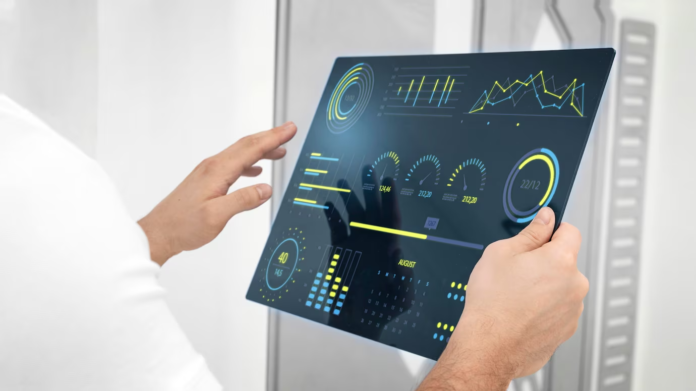Programmers looking to utilize data science to build intelligent applications do so by using scientific techniques and methodologies to create software development capable of making decisions independent of human intervention. This combines data science and programming, allowing developers to integrate analytics, artificial intelligence models, and machine learning algorithms to create programs that can automate processes and extract insights a human might not reach. The result are programs that can take repetitive work out of the hands of humans, freeing them up for more complex work, and also enhance user experiences of the system. By using data in this way, through data science consulting, programmers can build software that is not just functional but also adaptive and continuously improving.
Role of Data Science in Software Development
Data science is a multidisciplinary field that combines mathematics, statistics, computer science, and others to glean knowledge from data. This is done by collecting data, processing it, interpreting it, and looking for patterns and trends. Data scientists play a crucial role in software development, as they analyze much of the collected data through software usage. For programmers, data science plays a role in nearly every aspect, from start to finish, of software creation. Data-driven applications make use of data science to formulate how a program should behave with certain users or in particular environments. Programmers might also make use of data science apps to analyze user behavior during the testing phase of newly developed software to determine where modifications must be made. The goal of data science is to turn raw data into useful information and a means of action for the purpose of improving processes and creating useful tools, as well as adaptable and customizable.
A.I. Programming to Build Intelligent Systems
The use of artificial intelligence (AI) is very quickly becoming mainstream in a multitude of areas. Within software development, the ultimate goal is to develop AI that can mimic human decision-making independently of humans. Developers also hope that the system will be adaptable, making use of algorithms and models that allow machines to reason, learn, even perceive, and then act accordingly. This data can then be used in systems, through machine learning app development, that learn to understand complex data, generate insights or even anticipate future actions to take. Already, we see this at work in virtual assistants, self-driving vehicles, some medical diagnosis tools, and systems that take user data and make suggestions and recommendations. Some data science applications are even applicable in multiple environments.
Data-driven App Building Best Practices
Typically, data scientists prefer to incorporate data-centric approaches from the start in app building, as making use of data throughout the lifecycle of the app means fewer revisions in the future. Here are some of the key practices in data-driven app development.
1. Define Objectives
Make sure all the goals and objectives of the project are clear, as are the actions to take in light of the data.
2. Collect the Data
Identify what kind of data is needed to achieve the objectives and how this will be incorporated into the development of the software.
3. Ensure Data Quality
Make sure all the data that is collected for data driven applications is validated, ethically collected, and stored securely.
4. Use Proper Analysis Tools
Ensure that any tools used to analyze the data export useful statistics and data visualization so that the data is actually usable by programmers.
5. Refine During Development
Making use of insights and feedback, adapting and improving during the development process rather than having to redesign entirely after the process is completed.
6. Keep Users in Mind
The design should take into account the sort of end-user who is most likely to make use of it, what behaviors to expect from those users, and what preferences they might have.
7. Personalize It
Make the user interface customizable so that users can tweak the program or app to their personal preferences. Users tend to prefer tailored interfaces and personalized experiences.
8. Monitor Performance
Using data metrics, monitor the app’s performance and use and determine where there is room for improvement in the design.
9. Ensure Data Security
An app tends to gain headway over its competitors when users know that it is secure and their data is safe.
10. Be Adaptable
The app’s design should be flexible enough to quickly adapt to any new data that arises during and after the design process.
App Enhancement and Sustainability Strategies
Using data science to develop intelligent apps and optimize performance necessitates a variety of strategies based on the type of software being developed. To begin with, there must be continuous learning and improvement. New data coupled with user feedback is essential to keeping software relevant and usable. Another strategy is real-time processing, in which systems can make use of the latest information for stream processing and up-to-date insights. Developers should also consider robust data management, ensuring integrity and quality in data security. The performance of the software should be adaptive and customizable for each user, and it should be able to integrate with external services and APIs to enrich functionality.
Summary
The journey towards building intelligent applications needs a multifaceted approach with different strategies. Developers should embrace constant learning and flexibility when designing these programs, real-time processing, and adaptability in dynamic environments. Technology will continue to advance quickly, and A.I. is on the rise. Developers must keep up with the apps they design to compete in this ever-changing landscape. If you are in need of data science consulting services, visit our website today!















